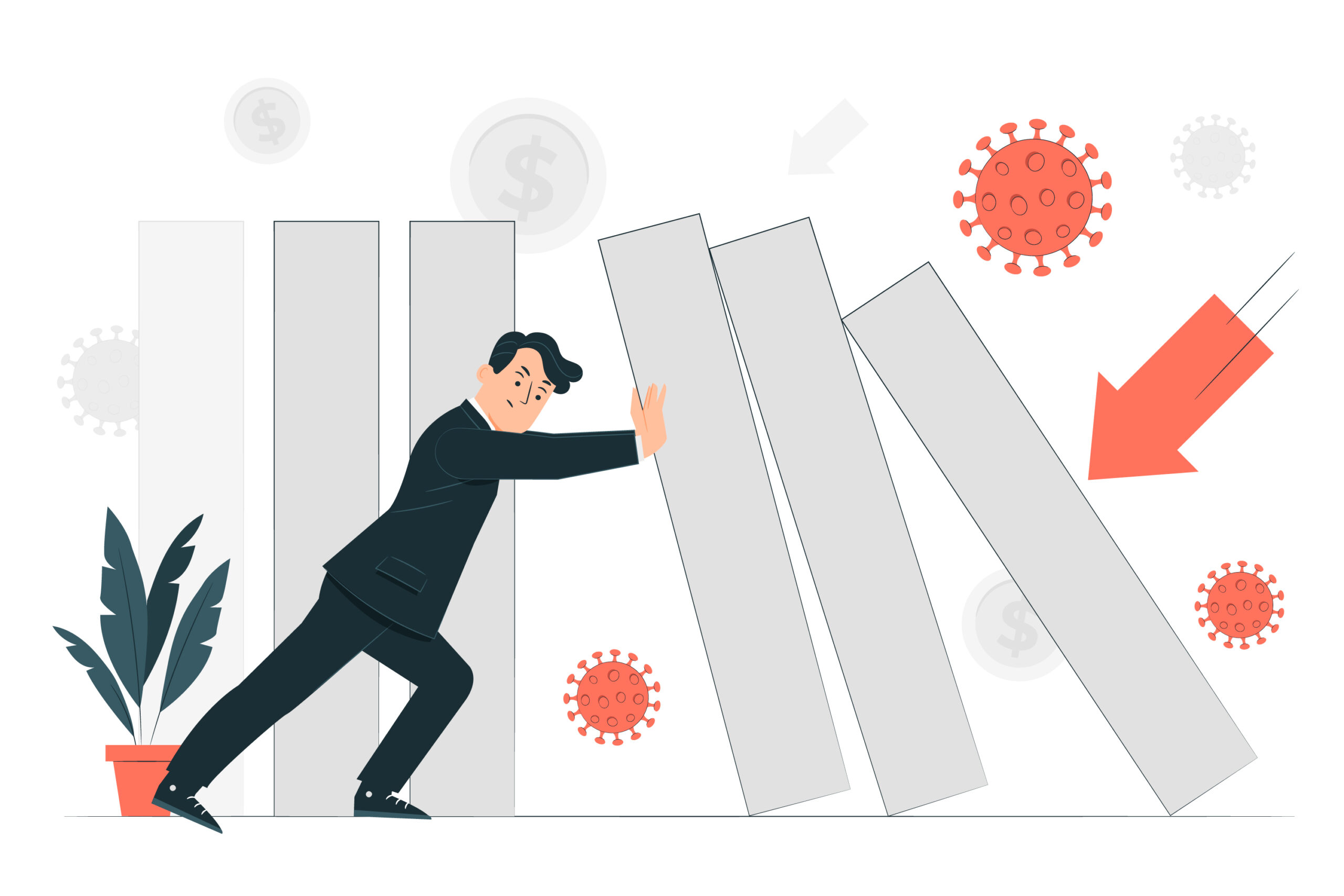
Why Risk Management is Crucial in the Stock Market
Let me tell you something that took me way too long to learn – making money in the stock market isn’t just about picking winning trades, it’s about not losing your shirt when things go wrong! Trust me, I learned this the hard way, and today I’m gonna share some real talk about risk management.
The Truth About Trading Risk
Let me start with a confession: In my first year of trading, I blew up my account… twice! I was so focused on making money that I forgot about protecting what I already had. Big mistake! But hey, at least you can learn from my expensive lessons.
Why Traders Lose Money
Most traders lose money because:
- They bet too much on one trade
- They don’t use stop losses
- They let emotions control decisions
- They don’t have a solid plan
Understanding Risk Management
The Basics
Think of risk management like wearing a seatbelt – it might feel unnecessary when everything’s going smooth, but you’ll be super glad you have it when things get rough!
Here’s what good risk management looks like:
- Never risk more than you can afford to lose
- Use stop losses on EVERY trade
- Don’t put all your eggs in one basket
- Have a plan before entering trades
Tools for Better Risk Management
Modern trading platforms like Insight Ease API give you awesome tools to manage risk:
- Real-time market data
- Stop loss automation
- Position sizing calculators
- Risk analysis tools
My Personal Risk Management Rules
After learning from my mistakes, here’s what I do now:
The 1% Rule
Never risk more than 1% of your account on any single trade. Here’s why:
- Protects your capital
- Lets you survive bad streaks
- Keeps emotions in check
- Gives you staying power
Position Sizing
Using Insight Ease’s platform, I carefully calculate:
- How many shares to buy
- Where to place stops
- Maximum potential loss
- Risk-reward ratios
Different Approaches for Different Traders
Day Traders
If you’re day trading:
- Use tight stops
- Take smaller positions
- Monitor positions constantly
- Close everything end of day
Swing Traders
For longer holds:
- Wider stops needed
- Smaller position sizes
- Account for overnight risk
- Monitor key levels
Common Risk Management Mistakes
The “No Stop Loss” Trap
OMG, this one’s so common! People think:
- “It’ll come back up”
- “I don’t want to take a small loss”
- “Stops just get hunted”
- “I know this stock well”
The Revenge Trade
Been there, done that! After a loss:
- Trading bigger to recover
- Ignoring your rules
- Acting on emotion
- Chasing losses
Creating Your Risk Management Plan
Step-by-Step Process
Here’s how to build your plan using Insight Ease’s tools:
- Set your maximum risk per trade
- Determine position sizing rules
- Define entry and exit criteria
- Create a monitoring system
Important Elements
Your plan should include:
- Maximum drawdown limits
- Daily loss limits
- Position sizing rules
- Exit strategies
Special Situations
Earnings Season
Extra risky times need extra care:
- Reduce position sizes
- Widen stops
- Expect gaps
- Plan for surprises
Market Crashes
When everything’s falling:
- Reduce exposure
- Tighten stops
- Keep cash ready
- Stay calm
Technology and Risk Management
Modern tools help tremendously:
- Automated stops
- Risk calculators
- Portfolio analysis
- Real-time alerts
My Top Risk Management Tips
- Always use stops
- Size positions properly
- Keep good records
- Never overtrade
- Stick to your rules
Real Examples of Risk Management
The Good
My friend Sarah (not her real name) always:
- Uses proper position sizing
- Sets stops immediately
- Follows her rules
- Keeps emotions in check
The Bad
Remember my cousin Mike? He:
- Traded too big
- Ignored stop losses
- Chased losses
- Blew up his account
Frequently Asked Questions
Q: What’s the most important aspect of risk management?
A: Position sizing – never risk too much on any single trade.
Q: How do I know where to put my stop loss?
A: Use technical levels and never risk more than 1% of your account.
Q: Should I use the same risk management for all trades?
A: No! Adjust your risk based on market conditions and trade setup.
Q: What if I’m always getting stopped out?
A: Your stops might be too tight, or you’re trading too big.
Q: How do I avoid emotional trading?
A: Have a solid plan and stick to it. Use proper position sizing.
Final Thoughts
Look, I know risk management isn’t the sexy part of trading. Everyone wants to talk about their winning trades and huge profits. But trust me on this – good risk management is what keeps you in the game long enough to become profitable.
Remember: The market will always be there tomorrow. Your job is to make sure your trading account is too! Focus on protecting your capital first, and the profits will follow.
Stay safe out there, and happy trading!
P.S. Don’t be like me and learn these lessons the hard way. Start managing your risk properly today!

